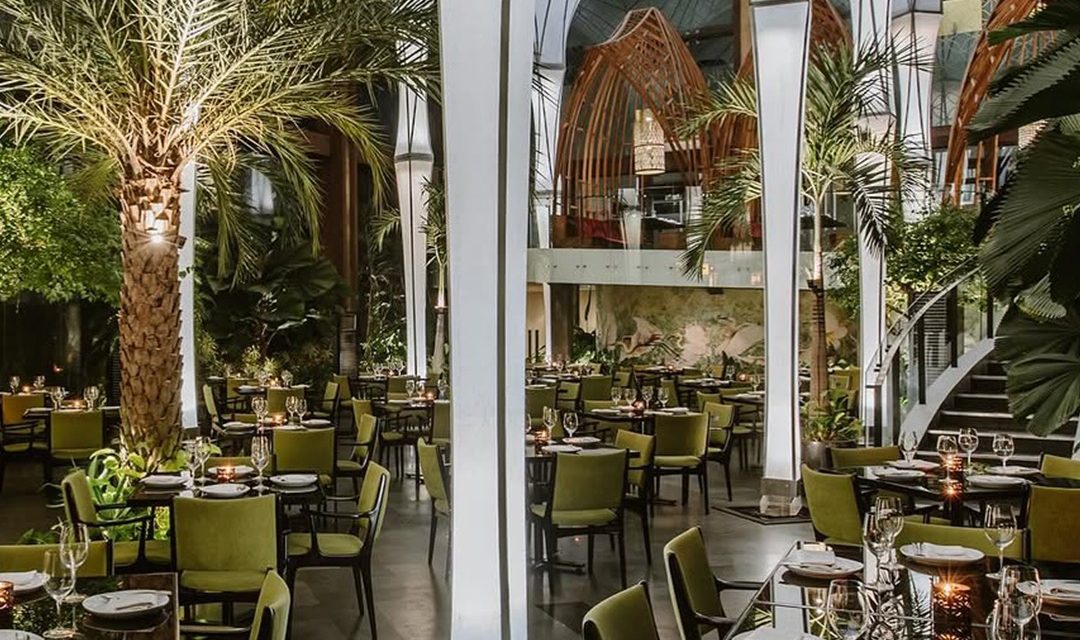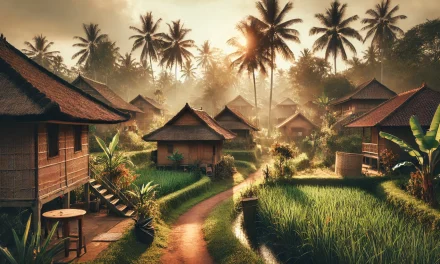Bali isn’t just the land of stunning beaches and vibrant nightlife; it’s a treasure trove of history and culture waiting to be explored. If you’re a culture lover like me, there’s no shortage of historical sites that will captivate your imagination and enrich your understanding of this beautiful island. So grab your sunscreen and a good pair of walking shoes, and let’s dive into some remarkable places that should be on your Bali itinerary!
1. Ubud Palace: The Heart of Bali’s Royalty
Every culture lover’s journey should begin in Ubud, where the Ubud Palace (Puri Saren Agung) stands as a serene reminder of Bali’s royal heritage. As I walked through the traditional Balinese architecture adorned with intricately carved wooden gates, I could almost hear the whispers of the past.
Personal Insight:
I remember my first visit; I was greeted by a group of locals practicing traditional dance. Their fluid movements and vibrant costumes were mesmerizing! It was here that I learned about the palace’s historical significance—it wasn’t just a royal residence; it was a hub for art and culture.
Practical Tips:
– Performance Schedule: Don’t miss a traditional dance performance in the evenings. They often tell ancient stories through dance; check the local listings.
– Dress Code: Remember to wear a sarong, which can be rented nearby if you don’t have one. Respecting local customs is part of the experience!
2. Tirta Empul: A Sacred Water Temple
Tirta Empul, or the Holy Water Temple, is a site of spiritual and cultural significance. The temple’s sacred spring is believed to have healing properties, attracting locals and tourists alike.
Unique Insight:
I had the chance to participate in a purification ritual here. As I entered the cool waters, surrounded by beautifully adorned Balinese offerings, I felt an overwhelming sense of peace. It was a breathtaking experience that connected me to the island’s spiritual heritage.
Tips for Visitors:
– Plan Your Visit Early: Arrive at dawn to avoid the crowds and enjoy the tranquility of the water.
– What to Wear: Swimwear is fine, but be sure to bring a traditional sarong for when you explore the temple grounds afterward.
3. Goa Gajah: The Elephant Cave
Just a short drive from Ubud is Goa Gajah, an archaeological site along the river that features a stunning cave carved into a cliff. The cave itself is intriguing, adorned with ancient relics and figures that tell the story of Balinese history.
Anecdote:
The first time I stepped inside, I felt like I had traveled back in time. The acoustics of the cave almost made it feel alive. While exploring, I met a local guide who shared fascinating tales about the cave’s history dating back to the 9th century—it was originally built as a meditation center!
Advice for Travelers:
– Take a Guided Tour: Having a knowledgeable guide can heighten the experience. They point out details you might otherwise miss.
– Explore the Surrounding Area: Don’t rush! The lush rice terraces nearby are worth wandering through, too.
4. Pura Taman Saraswati: A Temple of Art
Nestled in the heart of Ubud, Pura Taman Saraswati is a temple dedicated to the goddess of knowledge, art, and literature. The surrounding lotus ponds create a picturesque scene that’s perfect for photography, but it’s the temple’s intricacies that truly deserve your attention.
Personal Reflection:
During my visit, I was struck by the vibrant murals that depict various aspects of Balinese culture. I found a quiet nook to sketch the temple, and through my art, I felt a deeper connection to the place.
Practical Tips:
– Timing Your Visit: Late afternoon is ideal for stunning light for photography.
– Engage with Local Artists: There are often artists painting or selling their work nearby; don’t hesitate to ask them about their art!
5. Batubulan: The Birthplace of Barong Dance
If you’re looking to dive deeper into Balinese culture, head to Batubulan, a village known as the birthplace of the Barong dance—a traditional performance that’s more than just entertainment. It represents the eternal battle between good and evil.
Relatable Scenario:
I vividly remember my first Barong dance. The vibrant costumes, the rhythmic gongs, and the fervent chanting swept me away. Engaging with the performers after the show added a personal touch to the experience. Their passion for their craft is truly infectious!
Visitor Tips:
– Stay for the Show: The dance performances usually start in the morning and early afternoon. Plan accordingly.
– Ask Questions: Don’t shy away from engaging with the performers. They love to share insights about their traditions!
Conclusion
Bali is a vibrant canvas of history and culture, and the sites mentioned above are just the tip of the iceberg. Each offers a unique glimpse into the rich tapestry that makes up Balinese identity. From the spiritual waters of Tirta Empul to the artistic expressions at Pura Taman Saraswati, these locations invite exploration and introspection.As you wander through the historical sites on this enchanting island, take a moment to connect—whether through a friendly chat with a local, participating in a ritual, or simply soaking in your surroundings. Your journey will be filled with personal anecdotes, meaningful interactions, and the kind of stories that stay with you long after you leave. So pack your bags and prepare for an adventure that’s as culturally enlightening as it is beautiful! Happy exploring!






